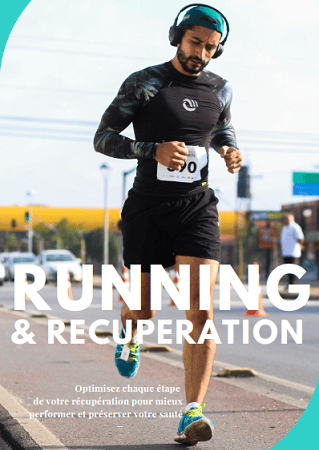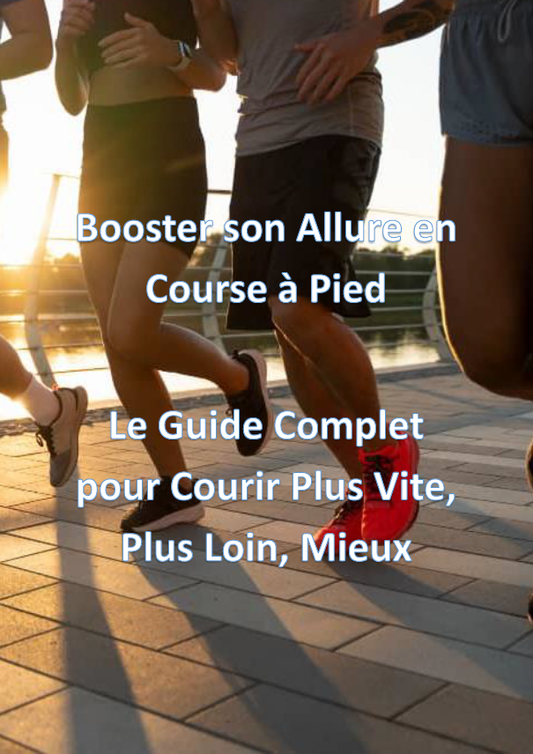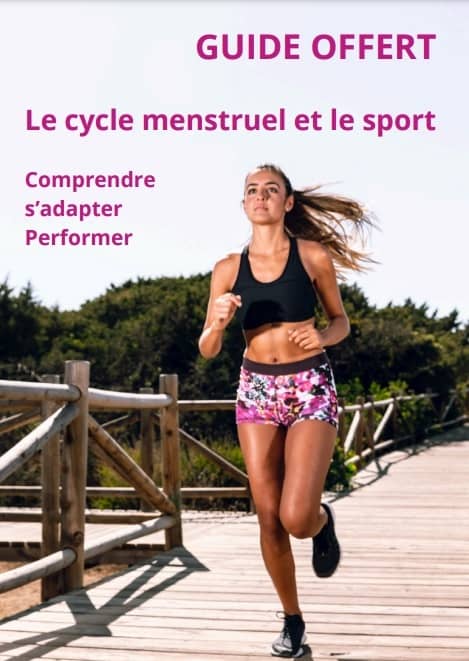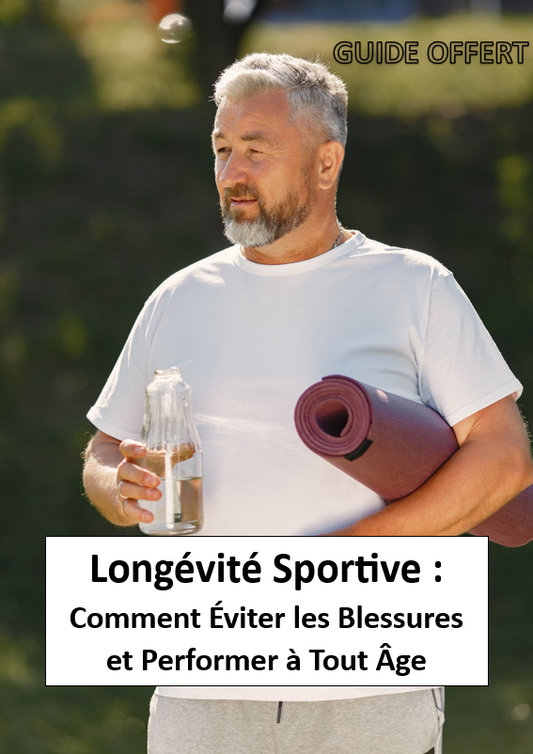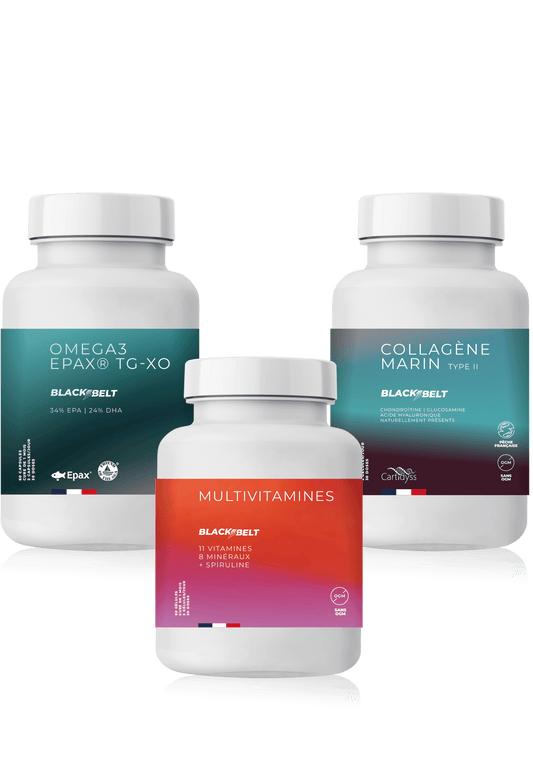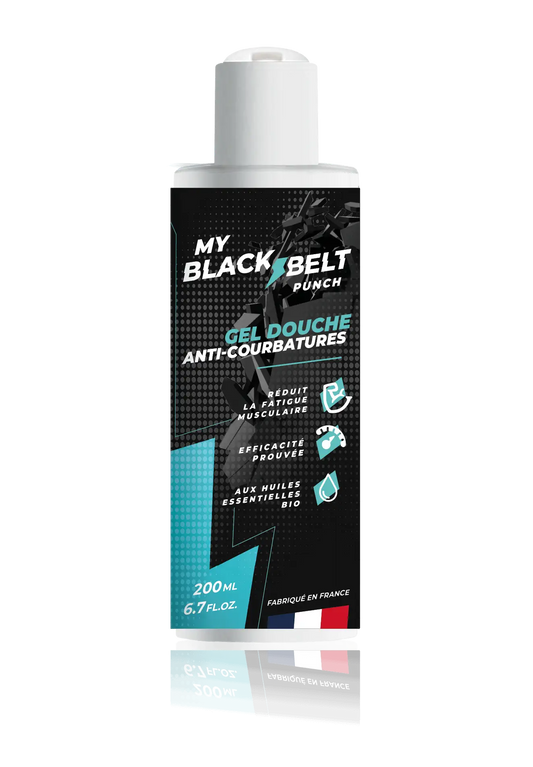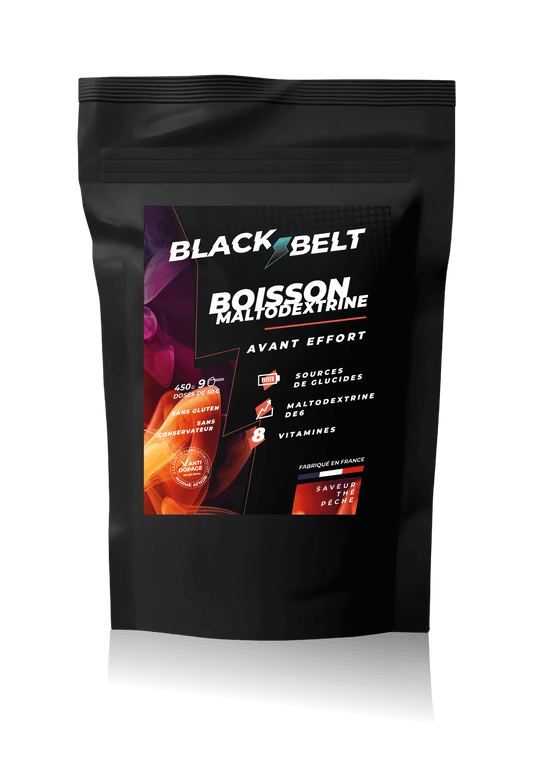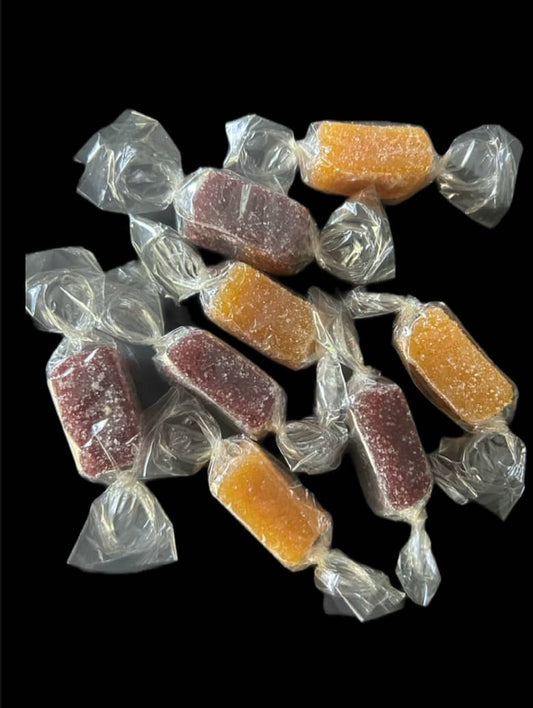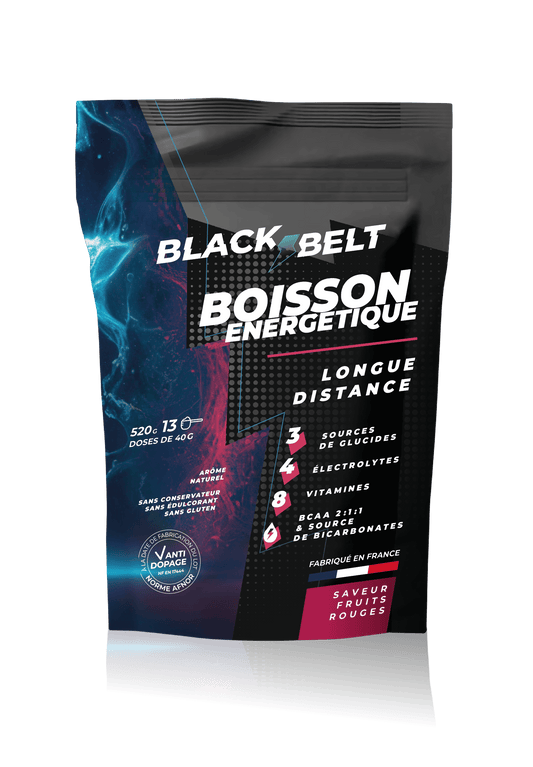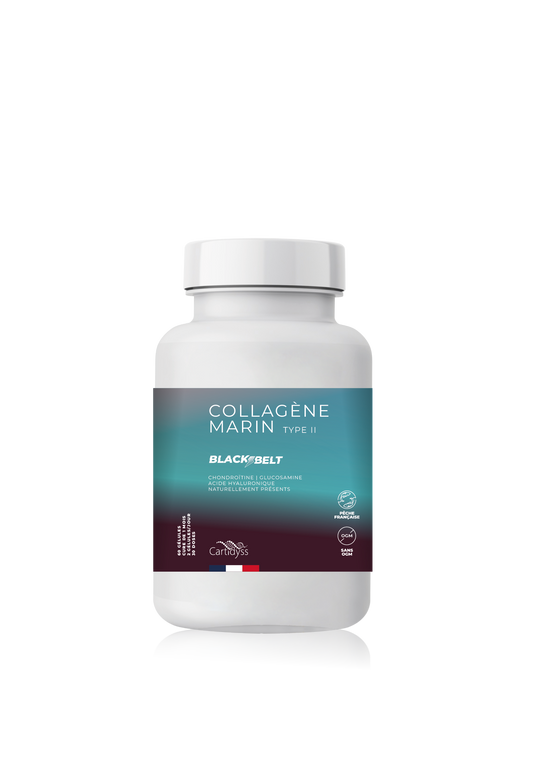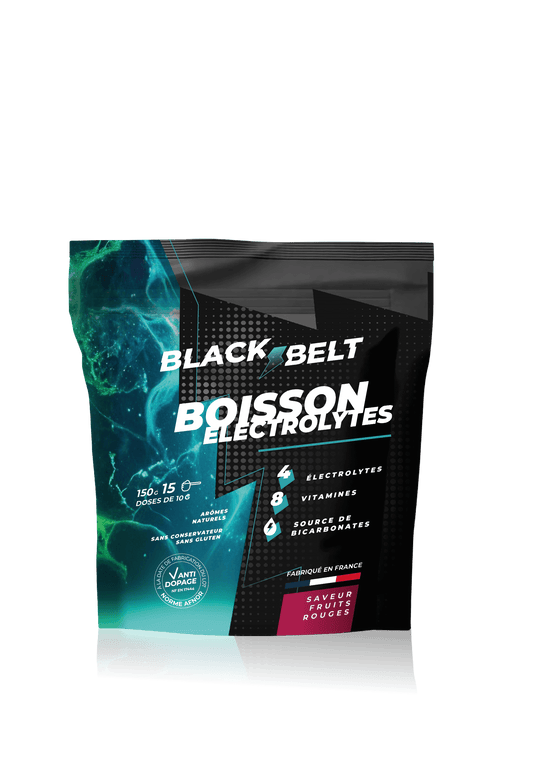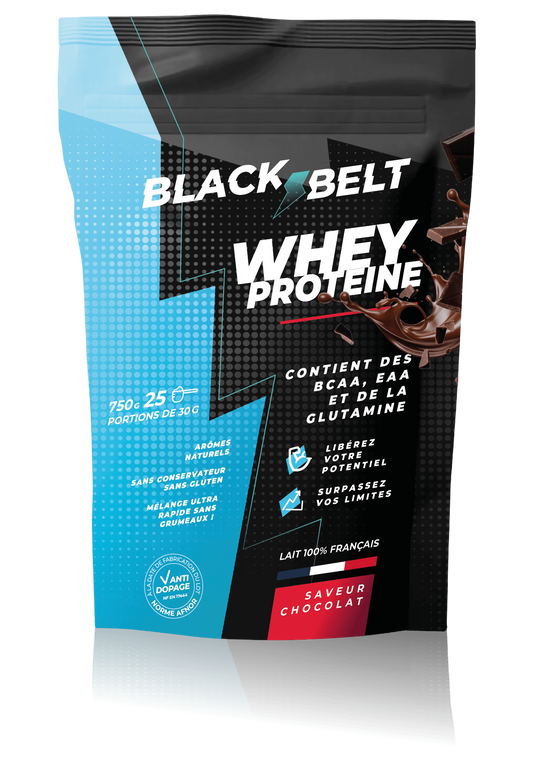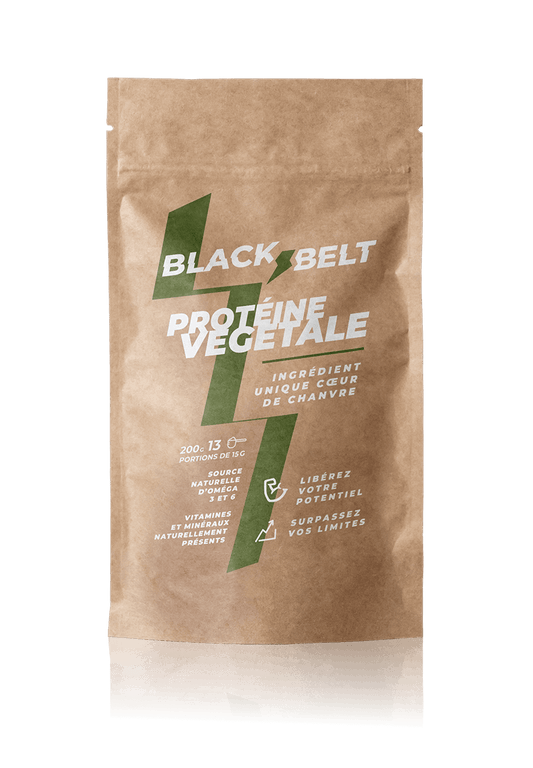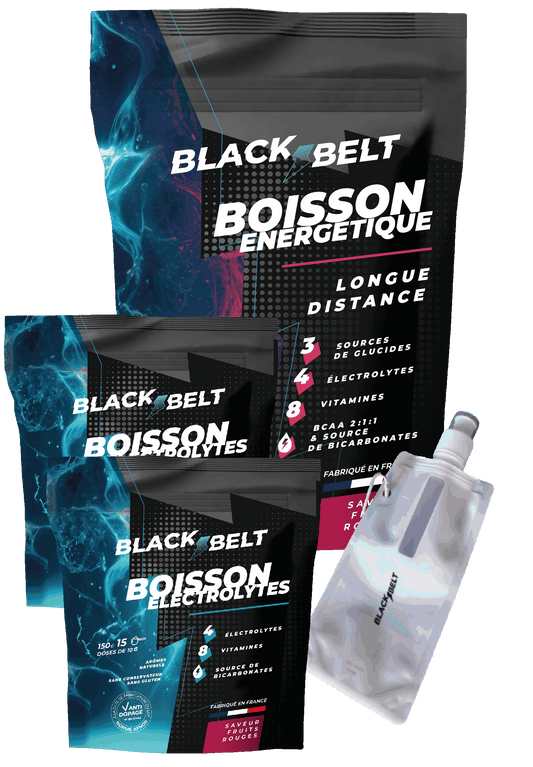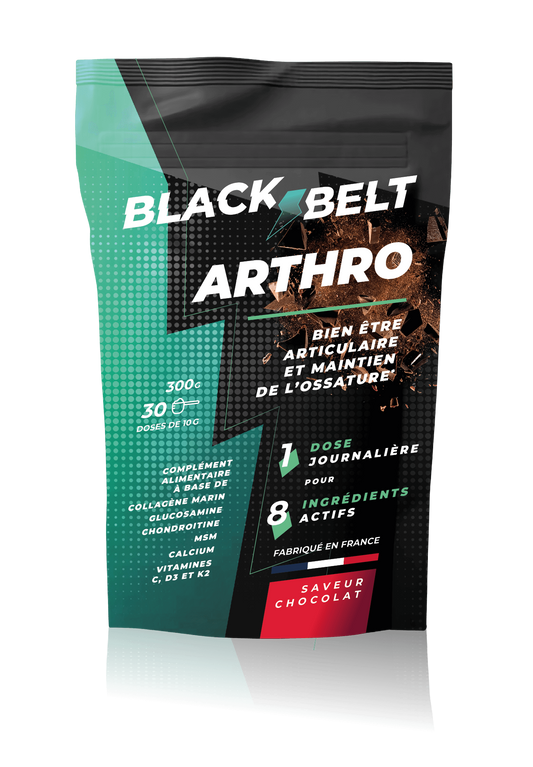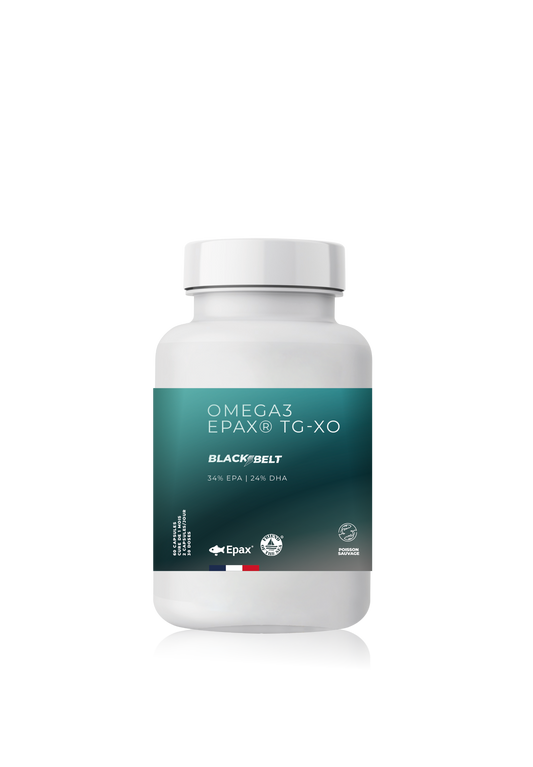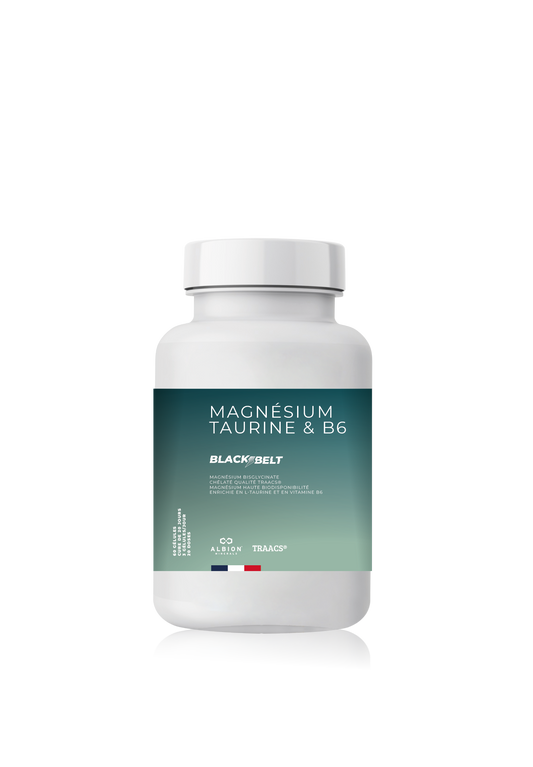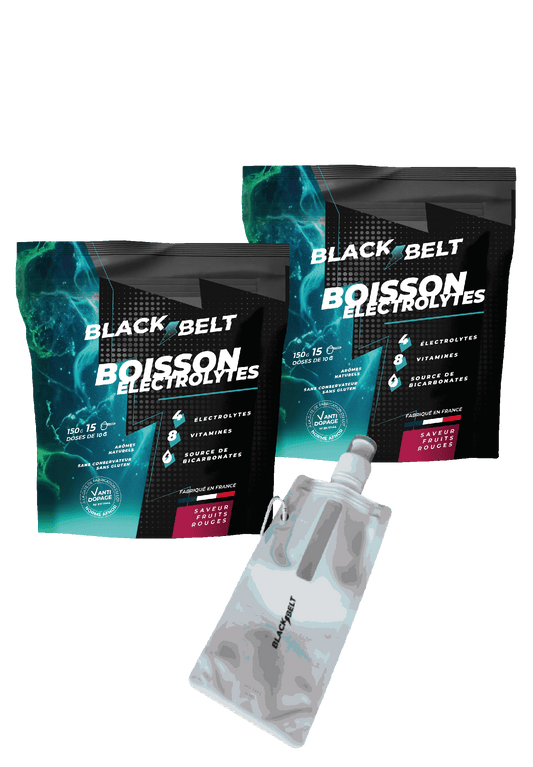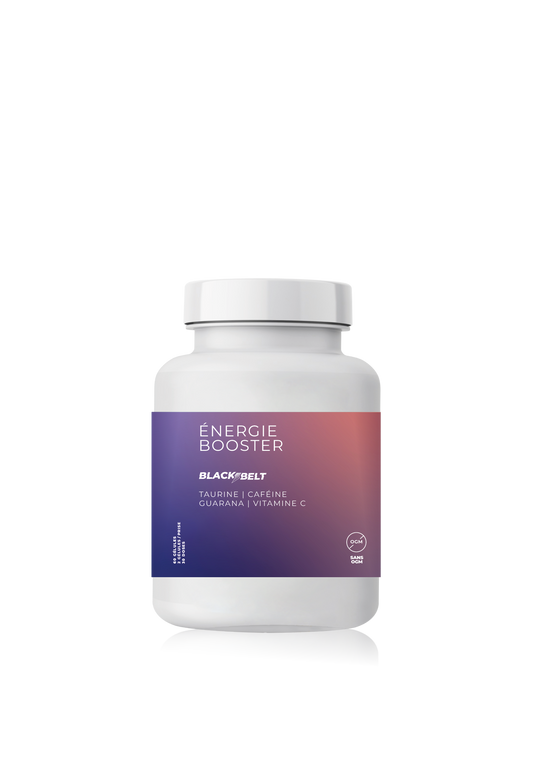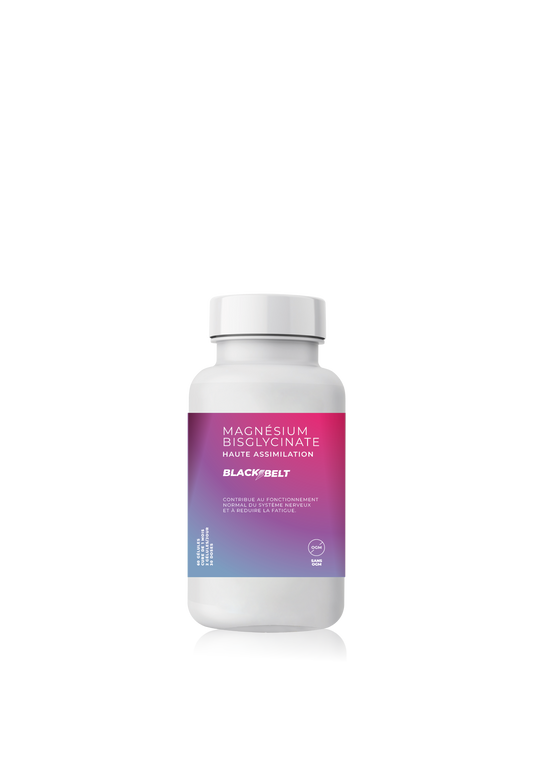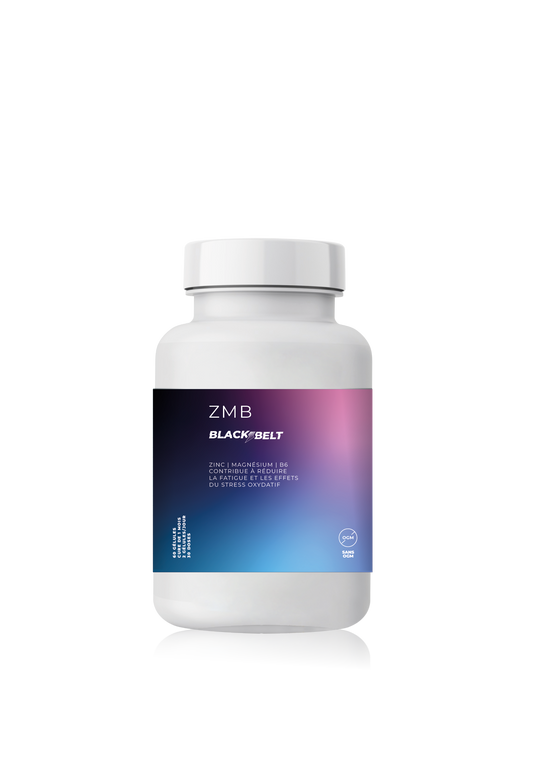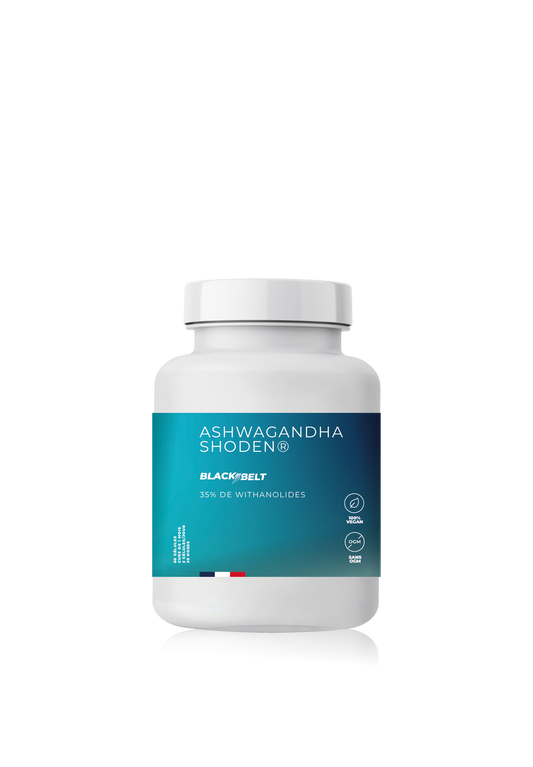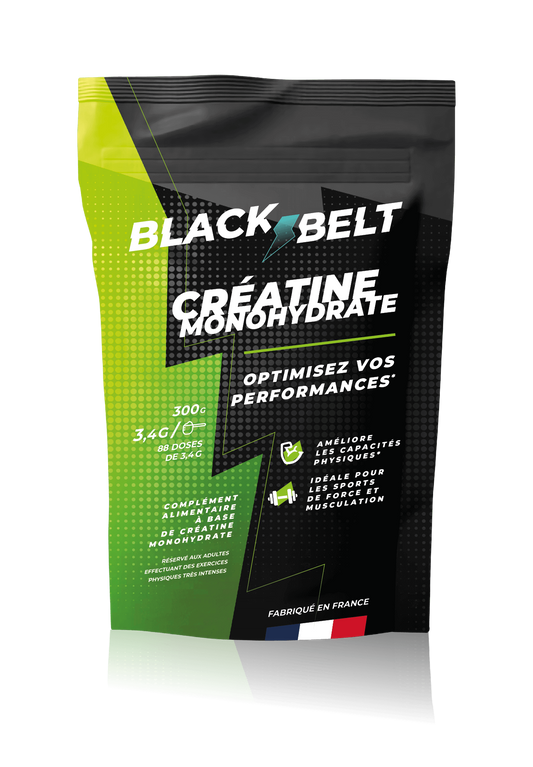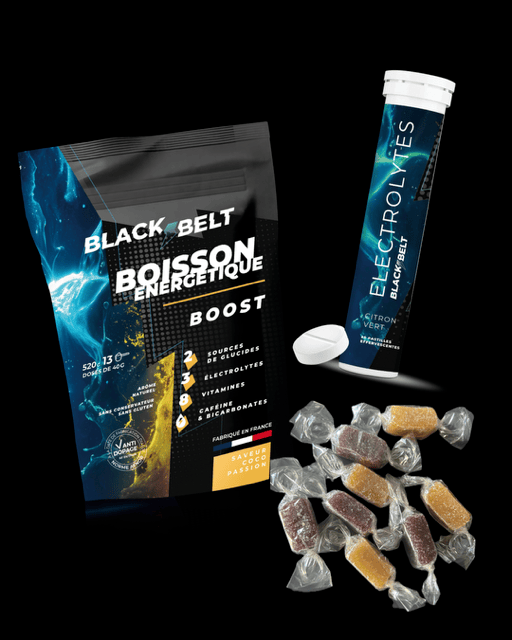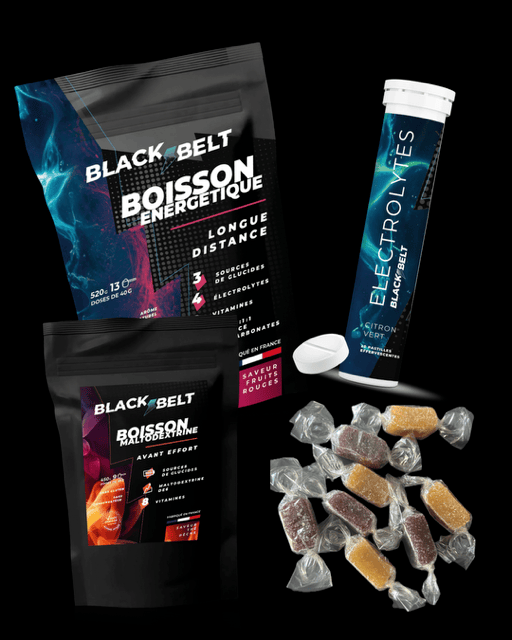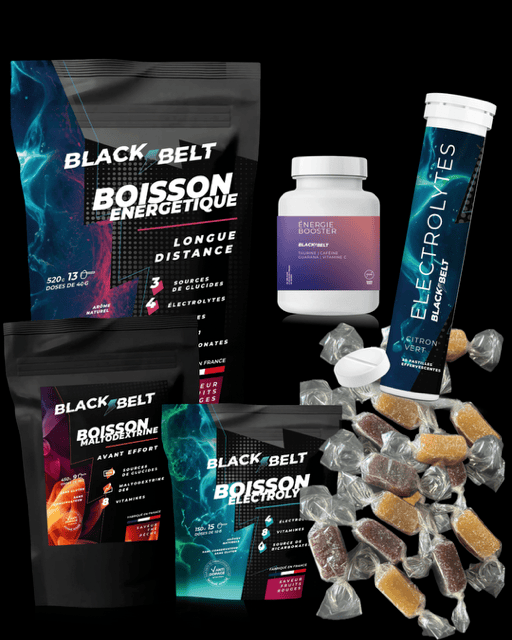
Share
5 km walk: average time and advice
Walking 5 km is a good way to get back into physical activity, whether you're walking at a leisurely pace or picking up the pace . But how long should you allow for a 5 km walk? What equipment should you choose? And how can you optimize your recovery after exercise? That's what we'll look at here for an effective 5 km walk!
Average time for 5 km walk
First of all, let's note that 5 km is both a long and a short distance. Indeed, in everyday life, with modern comforts, we very rarely walk 5 km. But human beings are walkers! They are not sprinters or runners; they are fundamentally walkers! So they are made to walk very long distances, much more than 5 km. As a reminder, human beings colonized the entire globe on foot! Yes, ok, over several generations, and with a few wooden boats too, but you get the idea! So 5 km is accessible, but depending on each person's fitness, it might be a little more difficult.
No big surprises here: The time it takes to walk 5 km depends on your pace. Makes sense! But there are still some known averages:
• Slow walk (4 km/h): approximately 1 hour 15 minutes
• Normal walk (5 km/h): approximately 1 hour
• Brisk walking (6 km/h): approximately 50 minutes
• Power walking (7-8 km/h): between 35 and 45 minutes
Yes, it's almost double! We also provide a free pace converter if you want to refine your personal analysis. Although it's designed for running, it will work for walking!

Differences between men and women in 5km walking.
On average, men tend to walk slightly faster than women, partly due to their longer strides and muscle mass. However, training and habit play a key role: a woman who is used to walking can easily outpace an untrained man over 5 km .
To optimize your performance and recovery after an intense walk, consider suitable supplements, such as those in the BlackBelt range.
So don't worry about group outings, it works very well with a little practice! And if Monsieur walks so fast, maybe he can carry the equipment...?
The 5 km walk: ideal for getting back into physical activity
If your goal is to ease back into exercise, a 5K walk is a great choice. Unlike running, it's much easier on the joints, making it a perfect activity for this goal, especially if you are:
• Overweight and want to lose weight without risking knee or ankle injuries.
• Suffering from joint pain or back problems? It may be worth considering good joint complexes to resume physical activity, even if it involves walking 5 km.
• In the recovery phase after an injury and when returning to sport.
Not to mention that walking activates the metabolism! This improves blood circulation and promotes better oxygenation of the muscles. In short, it's all good for your body! We told you at the beginning that humans are walkers! For your recovery, the BlackBelt Punch muscle recovery shower gel and our range of food supplements can be a practical, simple, and effective asset.
Consider checking out our article on 3 tips for getting back into sport and if your recovery is post-injury, obviously we also have advice here
What equipment do you need for walking 5 km?
Yes, for your first 5 kilometers on foot, especially in the city, you can put on your sneakers from the closet. But to ensure your walk is pleasant and effective, it's essential to have suitable equipment, especially if the terrain is less developed or if you have minor personal health concerns:
• Shoes: Choose walking or running shoes with good cushioning and sufficient support. If you are hiking in the mountains, choose shoes that support the ankle to avoid sprains. Also consider insoles made by a podiatrist, the majority of the population does not have "perfect feet" so over long and repeated efforts, the insole will prevent a lot of knee pain for example.
• Clothing: Choose breathable clothing that's appropriate for the weather. Don't neglect the fact that night can fall quickly in the mountains. Having a flashlight is always useful.
• Hydration: Even for 5 km, remember to drink regularly, especially in summer. Focus on electrolytes for hydration rich in minerals that will prevent cramps.
• Tracking watch or app: To track your pace and progress. They are widely used by athletes and walkers too!
• Recovery: After exercise, a recovery drink rich in protein and electrolytes can help you recover better and to avoid muscle soreness, using a good recovery shower gel like the unique Blackbelt Punch recovery shower gel against muscle soreness can be very useful.

What terrain should I choose for a 5 km walk?
If you are a beginner in getting back into physical activity and perhaps very overweight, in this case start with the simplest stable sidewalk with a leisurely pace and otherwise obviously the choice of terrain can influence your time and how you feel while walking:
• Dirt roads or forest trails: Gentler on the joints, but more demanding on the muscles, the trails also require good walking shoes to avoid the risk of sprains.
• Asphalt and sidewalks: A stable surface, ideal for brisk walking, but harder on the knees, so choose good shoes with a good sole. Generally speaking, a sole made by a podiatrist is always a good idea.
• Beach: Excellent for strengthening leg muscles, but more tiring because the sand will absorb some of your energy. 5km in sand is therefore not 5km on a sidewalk!
• Hilly course: Allows you to work on your cardio, increase intensity and above all enjoy the scenery!
Treadmill: it can be a good ally especially when it rains, because it has the advantage of being adjustable in speed and incline.
If you are walking on uneven terrain, a muscle recovery cream can help prevent post-exercise pain, discover our range of sports cosmetics .

5km Brisk Walking: More Effective Than Running?
Many people think that running is necessarily more efficient than walking... but the reality is more nuanced.
5 km brisk walking, an unexpected calorie burner
At a high intensity (say, 6-7 km/h), brisk walking puts a lot of strain on your muscles and cardiovascular system. A person weighing 70 kg can burn between 300 and 400 kcal walking 5 km at a brisk pace, which is sometimes equivalent to a slow jog. Without the disadvantages of greater impact on your joints, especially if you are overweight. This makes for a perfect transition to what's next!
Less shock when walking 5 km.
Unlike running, which generates repeated impacts, brisk walking reduces trauma while improving endurance. It's ideal for those looking to lose weight without the risk of injury and can be a good first step toward other athletic activities like running.
When running, your joints absorb 4x your body weight in internal pressure with each step. So if you're 20 kg overweight, that's 80 kg of additional pressure repeated with each stride! As you can see, a person weighing 100 kg while running puts 400 kg on their knees, ankles, etc. every time their foot touches the ground. Obviously, this is violent for the body. So the more overweight you are, the more walking is recommended. And beyond a certain weight, swimming is even more recommended because it relieves you of some of the gravity and therefore your weight.
The good news is that even if you're completely sedentary, moving at your own pace and making the right dietary efforts will help you achieve results. Like walking 5 km, losing weight is a series of small steps rather than one giant leap!
Obviously, if you're not overweight, you still protect your joints for the same reasons. For a small build, for example, 50 kg, that's still 200 kg of impact when running for each stride on the joints. So here too, walking (or even swimming) will spare the joints and their wear and tear. But we obviously have joint complexes to preserve or relieve your joint pain in our range, especially since after a good walk, the muscles need nutrients and care to recover. Fortunately: our BlackBelt range is available!
In conclusion, a 5 km walk is often just the beginning!
5km is a start that can take you to 10km, then 15, 20… But it all starts with a first step!

